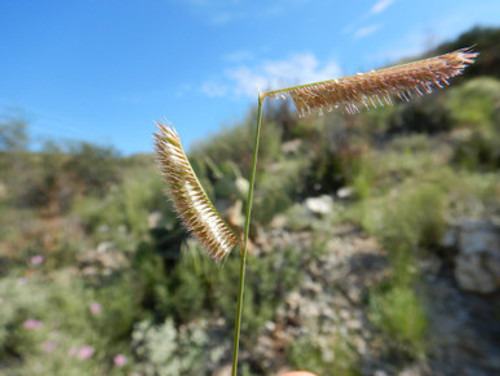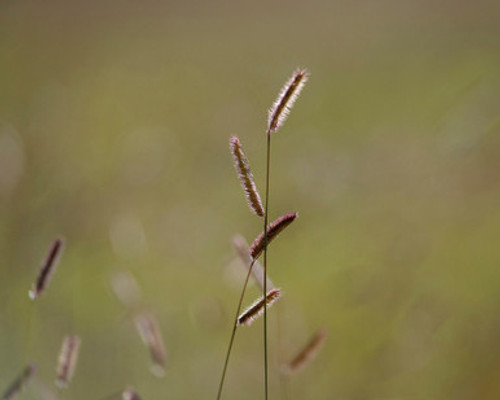



Blue Flax
Description
Blue Flax is a perennial Native to the prairies, plains, and mountains of the western United States. The sky-blue five-petaled flower has medium green, finely divided leaves. Flowers only last a single day, but new flowers appear every day during the blooming season.
A planting of open habitat Blue Flax requires full sun. It grows robustly on soils ranging from alkaline to acidic as long as the soil is well-drained and dry. In a garden, it should not be watered excessively. Blue Flax attracts deer, antelope, and many bird species.
Growing Height: 12" to 30"
Min Yearly Rainfall: 12"
Seeds Per Pound: 285,000
Acre Rate: 5 lbs
Lbs per 1000sq feet:4 oz
Growing Region: West, Northwest, Southwest (Not including Central Texas, Eastern Texas, and Southern Texas), Midwest, Northeast
Zone
Planting Information
Plant Characteristics





